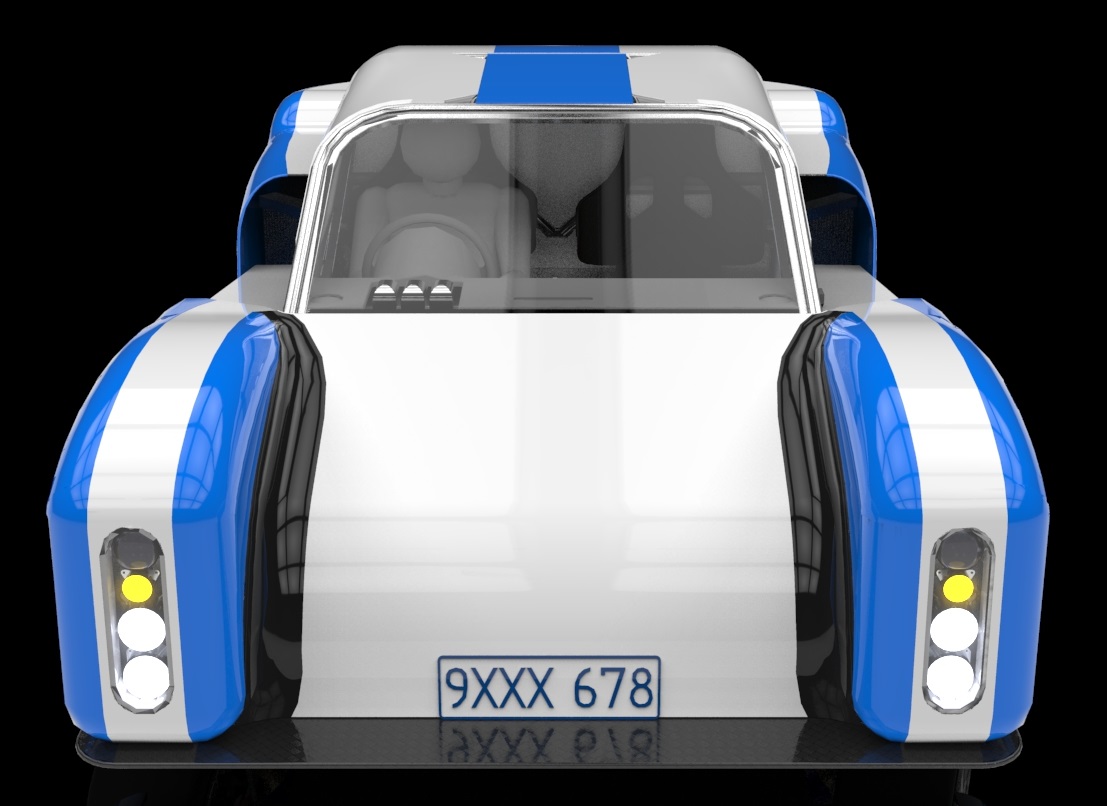Sunday August 17, 2008.
Suspension Brackets: Measuring & Fabrication.
OK so the next job that’s needed doing is the attachment of the suspension brackets. The suspension bracket design is such that I can use it to take out the inaccuracies of the frame fabrication. The obvious question is how to accurately locate the suspension points when I know the frame has construction inaccuracies (as all do). And I have no flat surface to work from having had to ditch my build table when I moved house.
The plan on how to do this was laid out in my previous post so now it was just up to executing it…
First 4 MDF panels were cut, the lower edge of each panel had been machine cut so was used as a datum.
Next all the holes to be drilled in the templates were marked on one panel then all 4 templates were clamped together and drilled as a single item to ensure more or less exact reproduction of the holes in all 4 panels. The locating holes were all 2mm diameter, additional 6.5mm holes were drilled to enable the panels to be clamped to the frame.
Also recently I have bought a digital protractor which looks like this one it’s accurate to 0.1 of a degree which is equivalent to 1.75mm per m.
So at the extreme rear and front of the frame the first two panels were:
1. Centred dimensionally to the frame at those points
2. Set at the correct heights relative to the underside of the frame at these points.
3. Set so that the datum edges were completely parallel to each other according to the digital protractor.
4. Clamped to the frame.

At this stage I then took a laser level that I have and aligned it to project through holes that had been drilled so that they would be visible through all 4 panels without any of the frame tubes getting in the way.
Leaving the laser level in that same position the third panel was inserted and clamped in position so that:
1. The laser beam passed through it as well as the other 2 panels.
2. The datum edge was parallel to the other two panels.
3. The laser was then moved to the opposite side and aligned to pass through all three panels to verify its position was correct. Minor adjustments were made and the process was repeated on both sides until the laser would pass cleanly through all panels on both sides.

The fourth panel was inserted as a repeat of the third panel process.
So at the end of this process the 4 panels were in place spread over the length of the car with a laser pointer beam being able to cleanly pass through 2mm holes all four panels. Hopefully this guarantees that all the panels are in the correct position relative to each other accurate to with the diameter of the pilot holes (2mm).

To accurately mark the required positions on the brackets I did the following:
1. Label each hole with a letter and mark a bracket with the corresponding letter and an arrow to designate up.
2. A 2mm twist drill was pushed through a locating hole and used to score a line along the matching bracket to designate where the hole was required
3. Point 2 was repeated for all brackets.
4. The marked out locations were then drilled through with the 2mm drill.
5. Each bracket in turn was offered up to its location and its vertical position marked onto the frame for locating when welding.
6. The 2mm holes were then taken out to their final ½” size.
The brackets can now hopefully be accurately welded in place.
By way of reference the comparing the measured bracket standout with the designed values we can see the error in the frame fabrication, so going from the front as panel 1 the values were…
Panel Top Left Top Right Bottom Left Bottom Right
1 39 (35) 40 (35) 32 (28) 28 (28)
2 36 (35) 35 (35) 30 (28) 28 (28)
3 27 (35) 24 (35) 22 (28) 22 (28)
4 TBD (35) TBD (35) 26 (28) 28 (28)
As you can see some values were spot on and others were up to 7mm out. Thankfully this was in the range of tolerance I could fit into each bracket (just).
